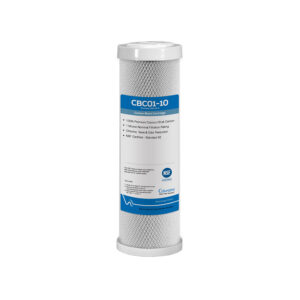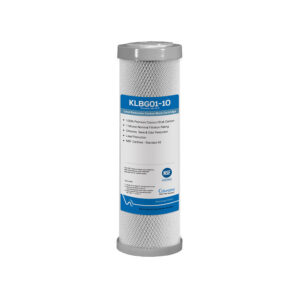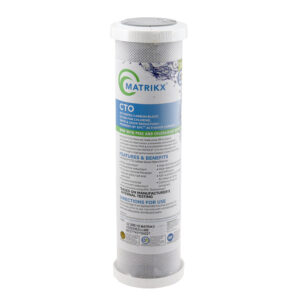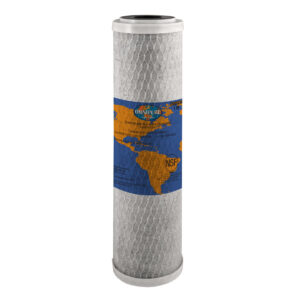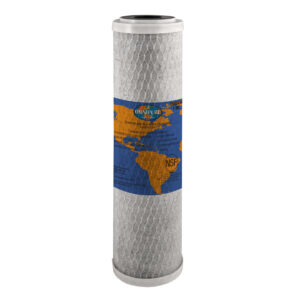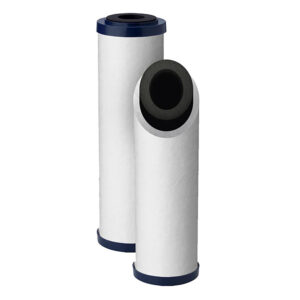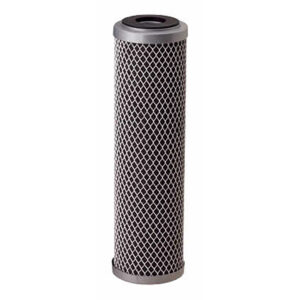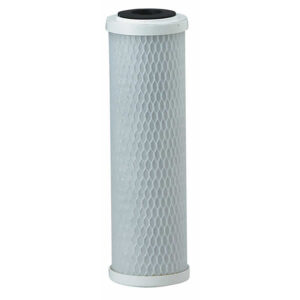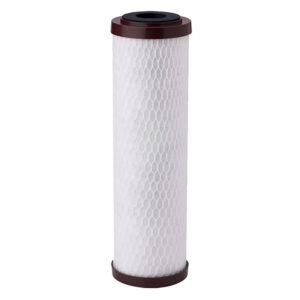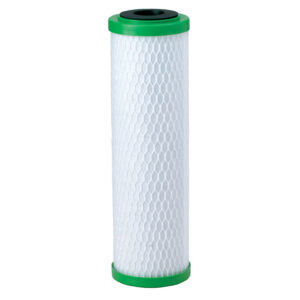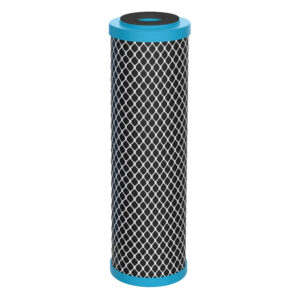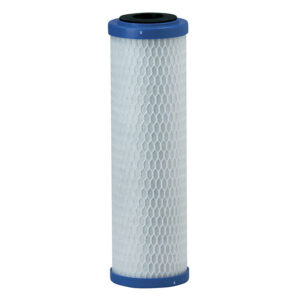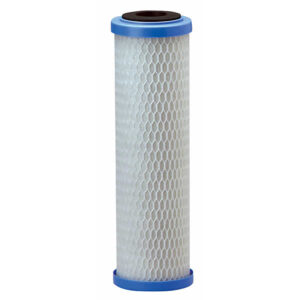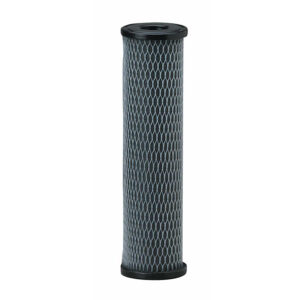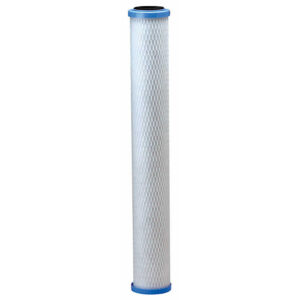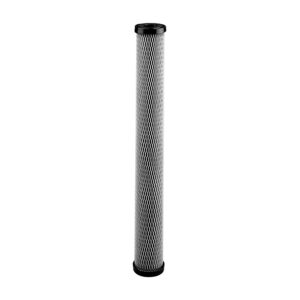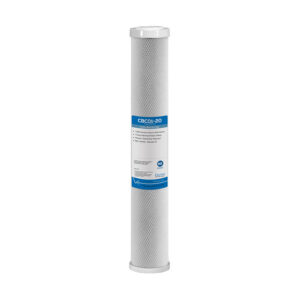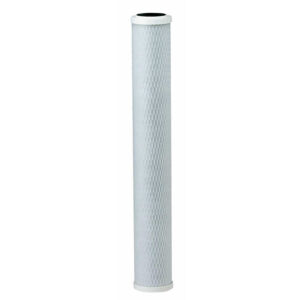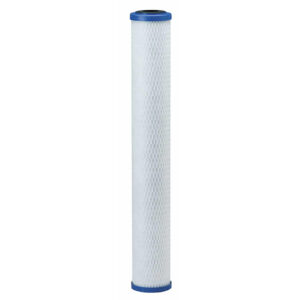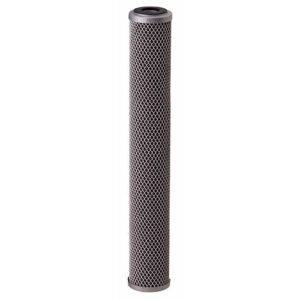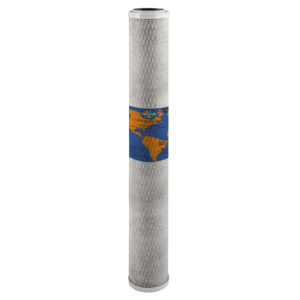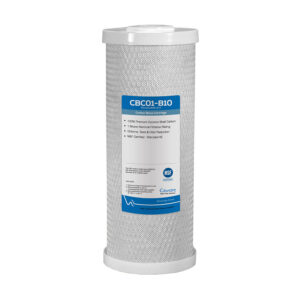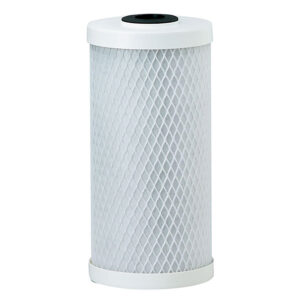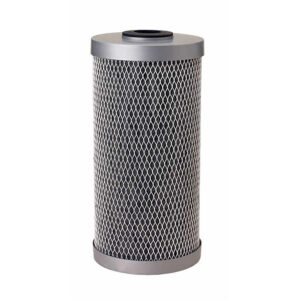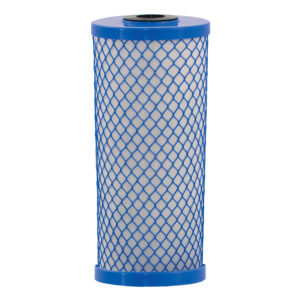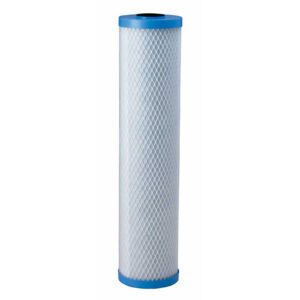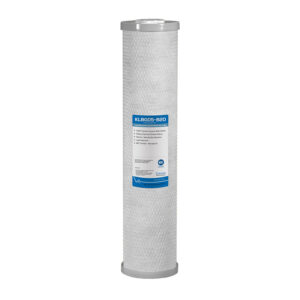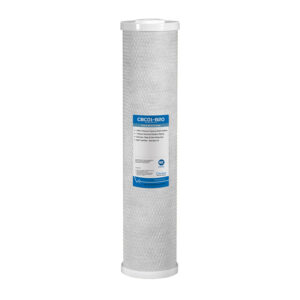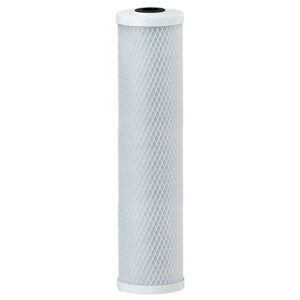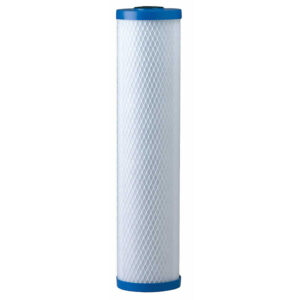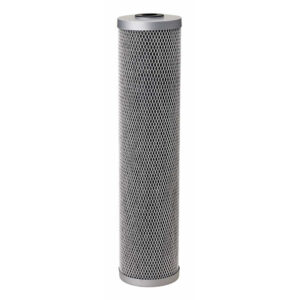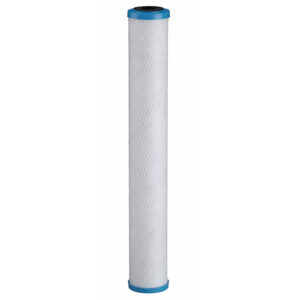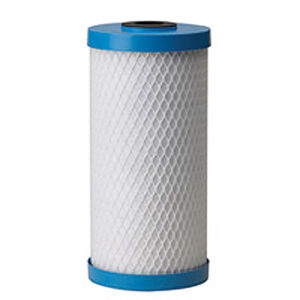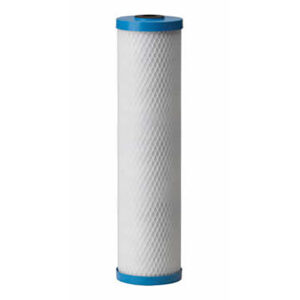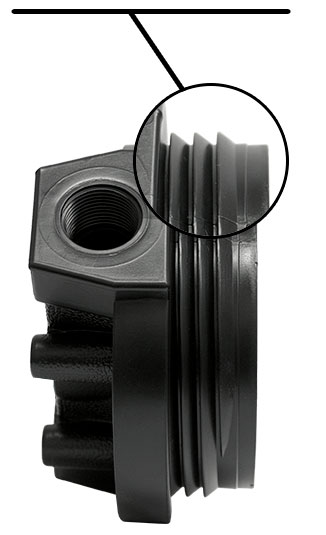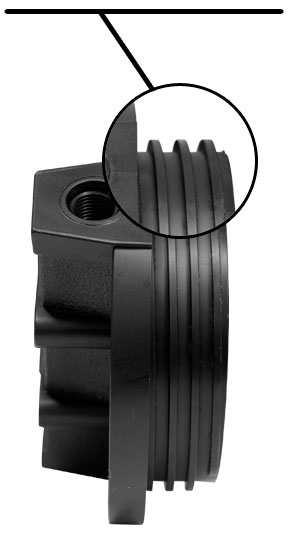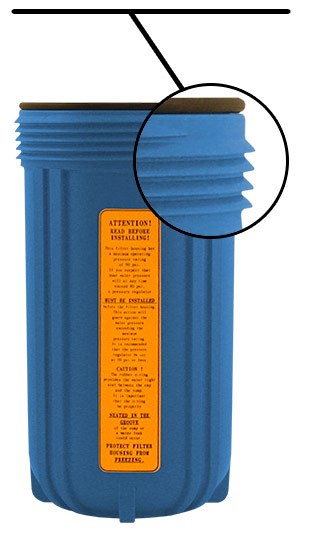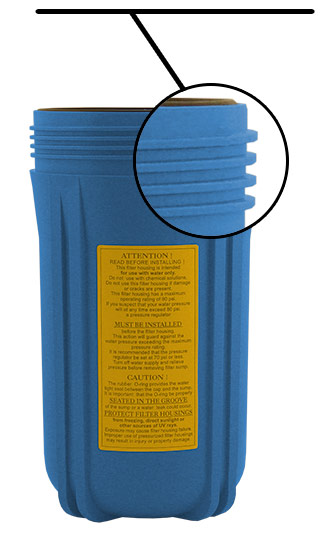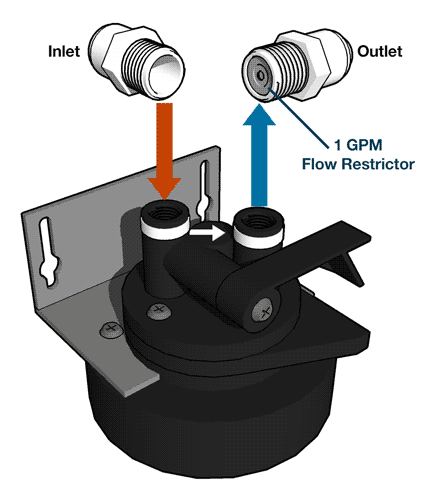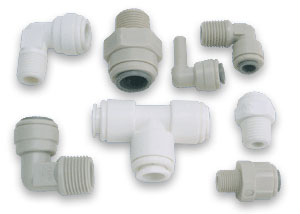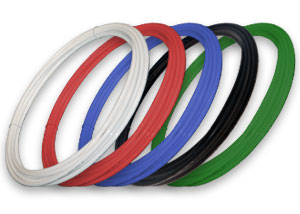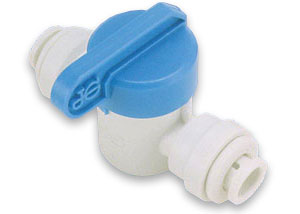Carbon Block Water Filters
10″ x 2.5″ Carbon Block Water Filters
-

10″ x 2-1/2″ Carbon Block Water Filter, 1, 5, or 10 Micron, by CA Ware
From: $16.00 -

10″ x 2.5″ 1 Micron Carbon Block Water Filter w/ Lead Removal by CA Ware
$20.00 -

KX Technologies MATRIKX-CTO 9.75″ x 2.75″, 5 Micron Replacement Carbon Block Water Filter
$8.45 - $9.95 -

9.75″ x 2.87″ Carbon Block Water Filter (1, 5 or 10 Micron), Omnipure
$17.00 -

9.75″ x 2.87″ 1 Micron Carbon Block Water Filter, Omnipure OMB934-1ML w/ Lead & Cyst Removal
$18.00 - $24.00 -

Pentek DFX 10″ Carbon Block Water Filter 10 Micron Diamond Flow
$14.00 -

Pentek FloPlus 10″ Carbon Block Water Filter 0.5 Micron
$33.00 -

Pentek CBC 10″ Carbon Block Water Filter 0.5 Micron
$28.81 Top Seller -

Pentek CCBC 10″ Carbon Block Water Filter 1 Micron
$30.00 -

Pentek CBR2 10″ Carbon Block Water Filter 0.5 Micron
$38.05 Top Seller -

Pentek LR-FB10 10″ Carbon Block Water Filter for Lead, Cyst Taste & Odor Removal
$30.00 -

Pentek EP 10″ Carbon Block Water Filter 5 Micron
$16.46 Top Seller -

Pentek EPM 10″ Carbon Block Water Filter 10 Micron
$15.00 Top Seller -

Pentek C1 Series 9-3/4″ x 2-1/2″ Carbon Block Water Filter, 5 Micron Dual Purpose
$13.35
20″ x 2.5″ Carbon Block Water Filters
-

20″ 10 Micron Carbon Block Filter, Pentek EPM
$28.14 -

20″ x 2-1/2″ 5 Micron Carbon Cartridge, Pentek C1-20 Series, Dual Purpose
$24.30 -

CA Ware 20″ x 2-1/2″ Carbon Block Water Filter, 1, 5 or 10 Micron
From: $32.00 -

Pentek CBC 20″ Carbon Block Water Filter 0.5 Micron
$59.54 -

Pentek EP 20″ Carbon Block Water Filter 5 Micron
$32.82 -

Pentek FloPlus 20″ Carbon Block Water Filter 0.5 Micron
$64.08 -

Omnipure OMB200-5M Carbon Block Water Filter
$19.00 - $24.00
10″ x 4.5″ Carbon Block Water Filters, Full-Flow Big Blue
-

10″ x 4.5″ 10 Micron Carbon Block Filter, Pentek Big Blue, EPM
$50.97 -

CA Ware 10″ x 4.5″ Carbon Block Water Filter 1, 5, or 10 Micron
From: $35.00 -

Pentek CBC Big Blue 10″ x 4.5″ Carbon Block Filter 0.5 Micron
$79.74 -

Pentek EP Big Blue 10″ x 4.5″ Carbon Block Filter 5 Micron
$49.42 -

Pentek FloPlus Big Blue 10″ x 4.5″ Carbon Block Water Filter 0.5 Micron
$80.35 -

Aries 10″ x 4.5″ Coconut Shell Carbon Block Water Filter 5 Micron
$40.00 -

Viqua 10″ x 4.5″ 10 Micron Carbon Block Water Filter
$35.00Out of StockClearance
20″ x 4.5″ Carbon Block Water Filters, Full-Flow Big Blue
-

20″ x 4.5″ 10 Micron Carbon Block Filter, Pentek Big Blue, EPM
$85.08 -

5 Micron 20″ x 4.5″ Carbon Block Water Filter w/ Lead Removal, CA Ware
$72.00 - $81.00 -

CA Ware 20″ x 4.5″ Carbon Block Water Filter 1, 5 or 10 Micron
From: $66.00 -

Pentek CBC Big Blue 20″ x 4.5″ Carbon Block Filter 0.5 Micron
$140.94 -

Pentek EP Big Blue 20″ x 4.5″ Carbon Block Filter 5 Micron
$104.01 -

Pentek FloPlus Big Blue 20″ x 4.5″ Carbon Block Water Filter 0.5 Micron
$145.61
ChlorPlus Carbon Block Water Filters for Chloramine Removal
-

10″ x 2.5″ Carbon Block Filter for Chloramine & Chlorine Removal, Pentek ChlorPlus
$36.93 -

20″ x 2.5″ Carbon Block Filter for Chloramine & Chlorine Removal, Pentek ChlorPlus
$55.00 -

Pentek ChlorPlus 10″ x 4.5″ Carbon Block Filter for Chloramine & Chlorine Removal
$103.05 -

Pentek ChlorPlus 20″ x 4.5″ Carbon Block Filter for Chloramine & Chlorine Removal
$239.09
What are Carbon Block Water Filters?
Source: WQA
Carbon block water filters significantly reduce bad odor and taste from tap water.
Activated carbon block is a blend of fine activated carbon, water, and a suitable binder that is mixed and molded and hardened or extruded to a cartridge filter of any size and shape. Sometimes specialized media are added along with activated carbon to provide customized performances for specific contaminants.
The binder is particularly designed and chosen to hold the carbon and other media in a fixed solid matrix, yet, not to plug up the pores of the activated carbon. Even though the binder does occlude a portion of the adsorption sites, the finer mesh size gives activated carbon block filters faster adsorption kinetics and generally two to four times greater adsorption capacity than equivalent volumes of loose granular activated carbon.
Activated carbon block filters typically have a 0.5 to 10 micron filtration capability, making it also helpful for particulate filtration, removing taste and odor from chlorine, insoluble lead reduction, and demonstrating, in some cases, removal of Giardia and Cryptosporidium.

